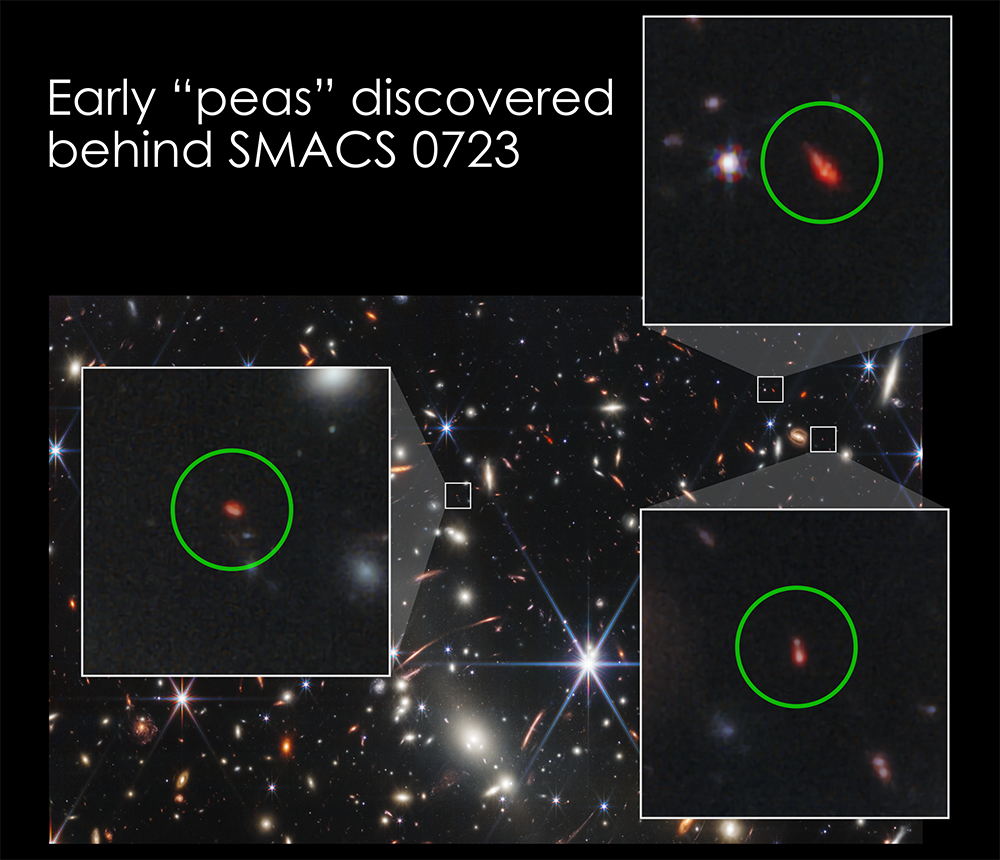NASA Recaps Webb Telescope Findings From AAS Meeting
Scientists shared new findings and updates from NASA’s James Webb Space Telescope, also called “Webb” or “JWST,” at press conferences during the 241st meeting of the American Astronomical Society (AAS) in Seattle, from Jan. 8 to 12.
Scientists from NASA and universities shared Webb results from multiple different scientific disciplines, ranging from the early universe and galaxy evolution to exoplanet atmospheres and young star formation.
An Early Look at the Evolution of Galaxy Structure at z = 3-9 with JWST
Scientists analyzed the morphologies, or visual appearance and structure, of 850 distant galaxies from observations with Webb’s Near Infrared Camera (NIRCam) instrument and compared them to their morphologies based on previous Hubble Space Telescope imaging. The term “z” denotes the redshift of the galaxies observed and is a measure of the distance of the object. As part of the Cosmic Evolution Early Release Science (CEERS) Survey, scientists conducted visual classifications of each galaxy as well as quantitative measurements of galaxy structure. Overall, the findings showed galaxies with a wide diversity of morphologies out to the highest redshifts, and many that have different morphologies than previously seen with Hubble. More here.
Finding Peas in the Early Universe with JWST
A new analysis of distant galaxies imaged by Webb shows that they are extremely young and share some remarkable similarities to “green peas,” a rare class of small galaxies that still exist in our cosmic backyard. Green pea galaxies appear as small, round, unresolved dots with a distinctly green shade. Researchers made connections between far-off galaxies from Webb’s First Deep Field and these nearby galaxies, which can be studied in more detail. More here.

🇵🇹 Versão portuguesa disponível aqui


Leave a Reply